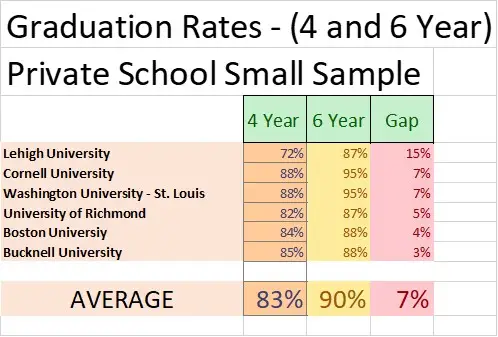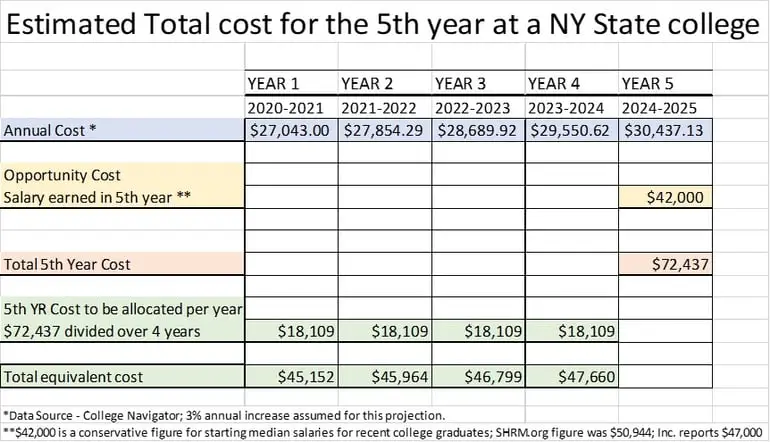ARE PUBLIC UNIVERSITIES THE BETTER CHOICE FOR 2020?

WITH THE INCREASING COST OF PRIVATE UNIVERSITIES ARE PUBLIC UNIVERSITIES THE BEST CHOICE?
It is so hard to generalize about whether ALL public universities are a better investment than ALL private universities. Making overall claims can be dangerous. Similarly, making a decision on the whole universe based on comparing just a few colleges has its own set of extrapolations that can translate into a poor decision for a student.
Cost Considerations: Sticker Shock now more than ever
There is a general misconception about the cost of public universities across the board. For many parents that were educated in the 80s and 90s, there was not as much of a difference between an in-state public university and an out-of-state public university. Since the downturn around 2008 and 2009, more students, at least in the Northeast, migrated to public colleges. And along with the pressure on state funding, state colleges began to charge more for out-of-state students to cover their costs.
Yet something went very wrong. According to an article from the New York Times, with tax revenues plunging, states slashed funding to colleges just as millions were seeking to enroll. Public colleges could not adequately educate the influx of students. As their state subsidies shrank, public colleges either restricted enrollment, spent less on educating each student, or raised tuition. Sometimes, they did all three.
There are three categories of public and private 4-year colleges: In-State Public, Out-of-State Public and Private. I selected some popular schools in each of these categories and although there are outliers from the ones I selected, it is easy to see the gaps between these three categories.

In-State Public: $27,000 per year
Out-of-State Public: $51,000 to $56,000 per year
Private: $69,000 to $75,000 per year
Data source: College Navigator
In addition to cost there is a noticeable difference between 4 year private and 4 year public colleges. Data from College Navigator shows the most recent 4 and 6 year graduation rates. The average for the small private college sample I chose shows a graduation rate within 4 years of 83% and within 6 years of 90% with a gap of 7%.

The average for 20 public universities within 4 years was 65% (18% below the private sample) and within 6 years was 79% for a gap of 14%.

One often forgotten scenario is that with graduation rates creeping up beyond 4 years, that “extra year” is not an insignificant cost. For Binghamton, the 4 year graduation rate is 72% versus an 81% rate for 6 years. For University of Maryland the 4 year rate is 70% versus an 86% rate for 6 years. So, if a NY state resident graduates in 5 years versus 4 (typically due to a change in major and another academic major re-start), that adds up to the 5th year total cost of $72,437. (see chart below). That is the cost of the additional academic year PLUS the opportunity cost of lost income for the job that they would have received upon graduation after 4 year’s. Basically, they delay earnings during the 5th year and have to pay the college for that 5th year.
A projection for the true cost of the 5th year at a public university:

When viewing costs alone, public universities appear to be the least costly, but the 5th year possibility reduces the public university cost advantage by at least some amount.
Conversely, private colleges look outrageously expensive on the surface, but all but the top schools have a “discount rate” that can reduce the cost of college significantly. For example, according to Artsci, “Bucknell, where the full cost of attendance is nearly $70,000 a year, had a discount rate of about 31 percent”.
So basically, the public school price point is not as great as you might think and the private school cost is not as shocking, especially if you also consider opportunities for financial aid and merit scholarship.
Beyond cost, there are other pros and cons to consider for public universities.
Pros:
- Typically more course offerings
- Research facilities
- When student is undecided about their major, less costly alternative
Cons:
- Graduation rates suggest that a 5th year is more likely; this could translate into additional college cost
- Depending on industry, may be tougher to land job
- Class size may be larger, less professor interaction
Summary:
There are so many elements involved when deciding whether the public institution is the better choice, so rather than trying to determine the “best”, it is more helpful to prioritize based on an individual student basis.
Special Super Groundhog Day offer for High School Juniors: Bring in your PSAT, SAT or ACT scores and get $175 off of our 15-pack private program AND get a voucher for a friend to take a full practice ACT or SAT test and test analysis.









